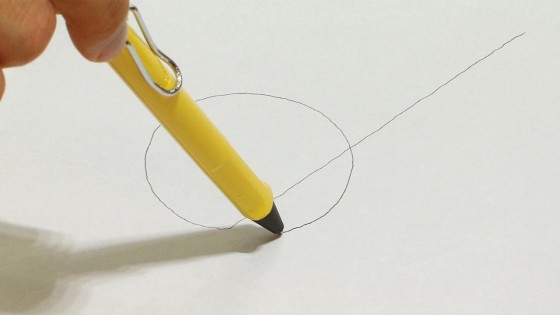
Robohub.org
Draw precise freehand circles and copy paste drawings with the dePENd table

This table helps you to draw precise freehand circles and lines. It is under development by a group in the Yasuaki Kakehi Lab at Keio University.
By using a computer to control the XY position of a magnet under the surface of the table, it implements, on paper, drawing methods utilized in computer graphics.
“I’ll place an ordinary ballpoint pen on the table. Now, I can semi-automatically draw a precise circle, or a straight line, or an illustration prepared in advance. In other words, while I draw with the pen, this system lets me switch to accurate rendering like in computer graphics, such as drawing a precise circle, by assisting me with the pen.”
When drawing, you can use a regular ballpoint pen with a metal tip, or a digital pen. If you use a ballpoint pen, the position where you start drawing has to correspond with the origin on the XY grid, but if you use a digital pen, the system recognizes its location and you can start drawing from any position.
“The digital pen understands the coordinates of the pen position. So, you can start from where you want, and also save and copy the picture you’ve drawn. This means you can copy and paste your original drawing repeatedly.”
“Apart from drawing figures that require precision, we think this system will have various applications. For example, in distance education, students could learn to draw by feeling the sensation of how a teacher draws.”
“Rather than limiting ourselves to pens, we’d like to extend this project to other items used with paper, such as scissors and compasses. We hope to bring in digital technology to assist users with those, too.”
tags: Research




